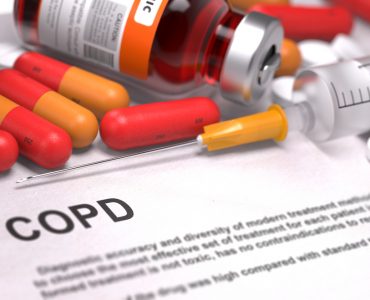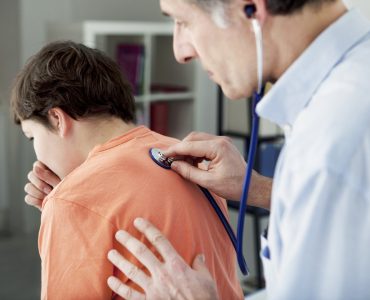Treatment
Marfan syndrome has no cure; however, treatments given help in resolving the symptoms and preventing fatal complications.
As this disorder involves different body parts, you will need treatment from medical professionals from various fields (like geneticist, ophthalmologist, cardiologist, orthopaedic), however, there can be one coordinating doctor who ensures close monitoring of all aspects of the syndrome.
The various treatments of affected body parts are listed below:
Treatment for skeletal problems – most skeletal problems cause pain and discomfort and affect appearance. The treatment for these problems are outlined below:
Scoliosis – a child having scoliosis may be recommended a back brace, which may arrest any further curving of the spine in the growing years. The back brace fits around shoulders down till the waist and can be used day and night. It might be uncomfortable for the child, but they usually get used to wearing it. If the curvature of the spine is beyond 50 degrees, the only cure is surgery which will help straighten it. The operation involves insertion of small parts of the pelvic bone into the vertebrae of the spine to correct the curvature of the back bone. This is known as bone graft surgery. Metal rods and screws hold the inserted bone pieces in place till the entire back bone is fused together. The bone fusing process can take upto a year to finally allow resumption of normal activities.
Convex and concave chest – a concave chest, that protrudes outward, may press against the lungs causing breathing difficulties. A surgery can be done to ease pressure on the lungs. This involves raising the breastbone and ribs using a metal bar, which is removed once the bones are fixed in position. A convex chest which caves inward, usually does not cause any health condition and does not need treatment.
Physiotherapy can help improve mobility range of bones and muscles through exercise, massage and manipulation.
Treatment for heart problems – heart problems caused by Marfan syndrome can be serious and have fatal consequences if not treated promptly. Regular heart checks are important to prevent complications. Come of the treatments include
Beta-blockers – this is a prescribed medication to prevent cardiac damage. They function by decreasing the strength of heart beat to curb the enlargement and damage to aorta. Side effects include nausea, diarrhoea, cold hands and feet and weakness.
Surgery – this may be required if the heart damage is fatal. Most commonly, a heart surgery for those with Marfan syndrome involves repair or replacement of enlarged aorta. The surgery should be carried out before aorta becomes severely enlarged, that there is a risk of rupturing or tearing during the operation.
Treatment for eye problems – regular eye examination for Marfan syndrome affected people is important to avoid potentially serious eye problems which can even cause permanent vision loss. Some treatments are:
Cataracts – can be corrected by surgery, wherein the clouded eye lens is replaced by an artificial one. These are normally keyhole operations done under local anaesthesia.
Glaucoma – eye drops and laser surgery help to treat glaucoma. Once glaucoma causes loss of vision, there is no cure, so it is imperative to monitor early signs of condition.
Glasses and contact lenses – myopia can be dealt with by using glasses or contact lenses. Dislocation of eye lens can also be corrected by specially designed glasses or lenses. However, replacement surgery may be required if vision is largely affected by the lens dislocation.
People diagnosed with Marfan syndrome may feel low and depressed emotionally and suffer from low self-esteem. It helps to take medical advice and counseling to deal with the condition better. One should maintain a healthy lifestyle with a balanced diet to improve your overall health factor. Certain activities and sports like weightlifting, scuba diving, climbing, gymnastics, should be avoided to reduce the stress on your heart and aorta. It is important to check with the concerned doctor before you choose to opt for a strenuous sport or activity.













